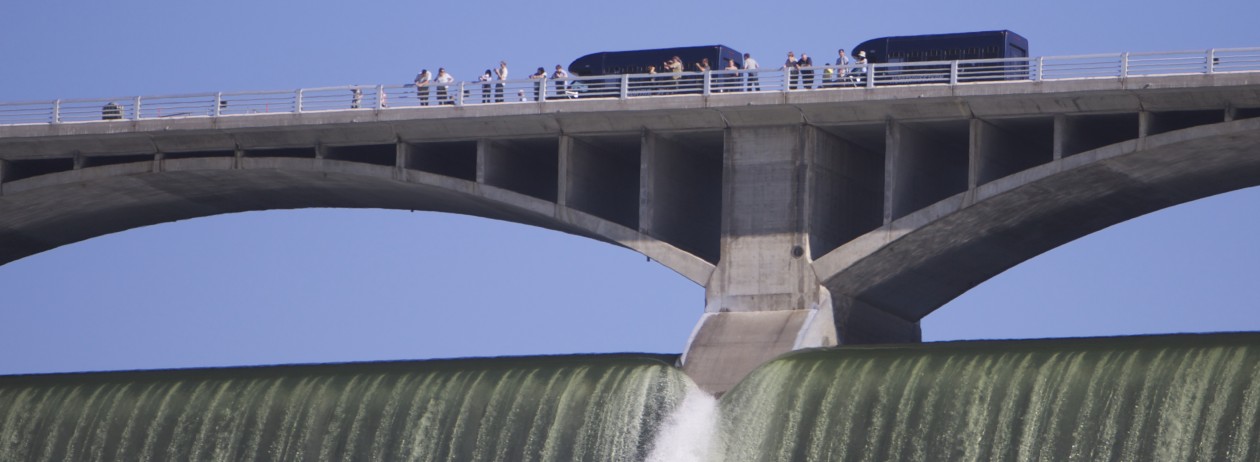Upper Columbia steelhead runs are safe and not threatened by farm-raised trout that escaped from net pens off the shores of Rufus Woods Lake this summer, the business that raises the fish said Monday.
A press release from Pacific Aquaculture Inc. states that a senior resident fisheries biologist with the Colville Tribes investigated the situation recently.
The fish farm pays rent and royalties to the Colville Tribes to operate its net pens some 20 miles downstream from Grand Coulee Dam, where it feeds millions of fish.
More than 100,000 of them escaped last summer, following massive die-offs that resulted from too much air injected into the water at Grand Coulee Dam during spring runoff.
The escaped fish triggered a boon in local fishing tourism, with up to 100 or so rigs reportedly parked at the Seaton’s Grove boat launch at times.
“There is no evidence that these farm raised trout are feeding on young migrating steelhead,” said Ed Shallenberger, a Ph.D. with over 20 years’ experience conducting physical and biological studies in the mid-Columbia River, the fish farm reported.
“A recent in-depth analysis of the stomachs of 187 of the escaped farm-raised trout in Rufus Woods Lake determined that the primary food sources for these fish were insects and snails,” Shallenberger said. “Of the 187 fish that were analyzed, only eight had remains from sculpins and sticklebacks. No remains from juvenile trout or salmon were found.”
Shallenberger conducted the tests as part of an ongoing study of Rufus Woods Lake. Concern had been raised by the Washington State Department of Fish and Wildlife and others about the safety of young migrating steelhead.
Established in 1941 as a small retail shop in Portland, Ore., Pacific Seafood has become a leader in the seafood industry.
“Like the Department of Fish and Wildlife, we are concerned with the well-being of native fish on the river,” said Pacific Aquaculture Manager John Bielka. “Our top priority has always been to run an operation that is sustainable and safe for the Columbia River System.”
During a special season on Rufus Woods Lake in August, anglers caught hundreds of the escaped sterile trout ranging from 5-10 pounds. The special season attracted anglers from across Washington state.
“While the situation was unfortunate,” Bielka stated, “steelhead runs are safe and the net impact of the fish farm remains positive – for tourism and retail sales and employment for the Colville Nation.”



